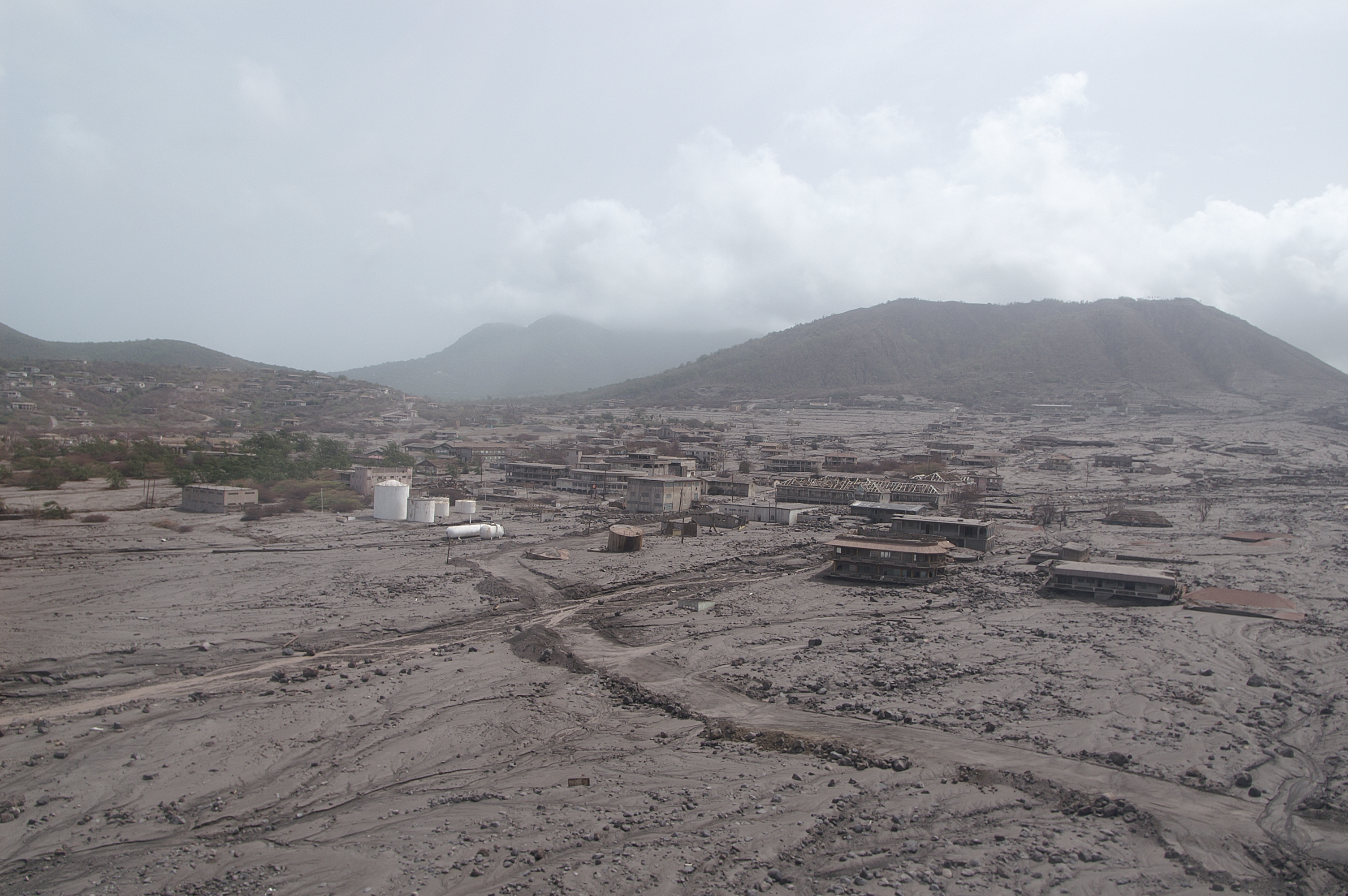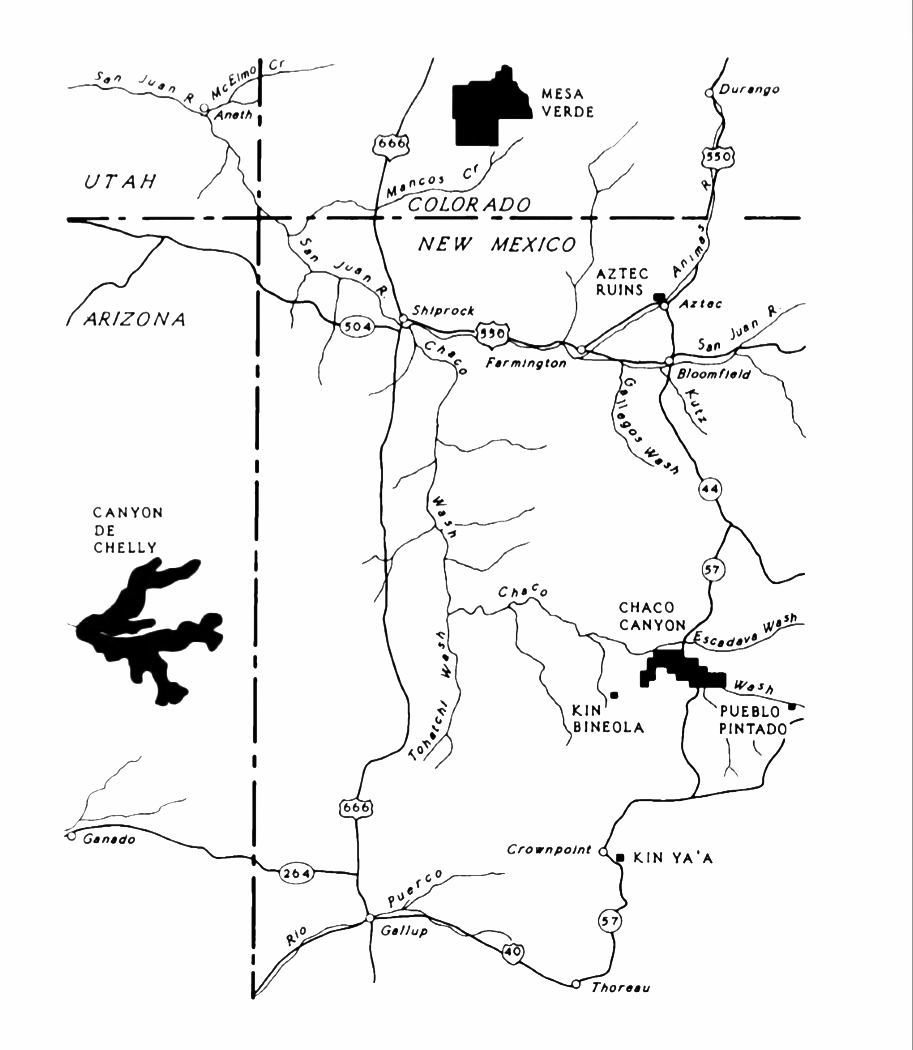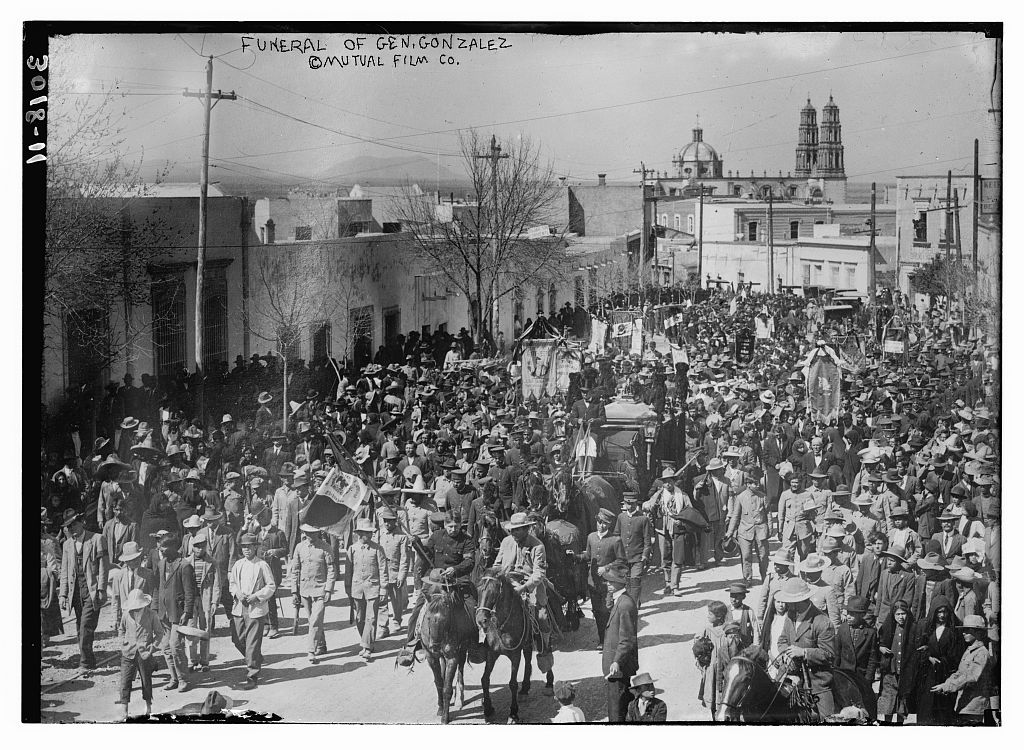|
Colonia Díaz
Colonia Díaz was the first permanent Mormon colony in Mexico, located along the Casas Grandes River in the northwest of the state of Chihuahua, Mexico. It is now a ghost town bordered on the east by the Sierra Madre Occidental. It was the nearest colony to the Mexico–United States border. By 1900, Díaz had grown to 623 inhabitants. In 1912, during the Mexican Revolution, Colonia Díaz was intentionally burned and destroyed. Other neighboring colonies were established after Colonia Díaz in the late 19th century, of which only Colonia Dublán, sixty miles south of Colonia Díaz, and Colonia Juárez, Chihuahua, Colonia Juárez, 18 miles southeast of Colonia Dublán, are still inhabited. Humans have lived in the Casas Grandes area for at least 1,900 years. The Mormonism, Mormon settlement was established in 1885 mostly to provide refuge for plural families escaping the Morrill Anti-Bigamy Act, especially after the 1878 ''Reynolds v. United States'' ruling against polyg ... [...More Info...] [...Related Items...] OR: [Wikipedia] [Google] [Baidu] |
Ghost Town
A ghost town, deserted city, extinct town, or abandoned city is an abandoned settlement, usually one that contains substantial visible remaining buildings and infrastructure such as roads. A town often becomes a ghost town because the economic activity that supported it (usually industrial or agricultural) has failed or ended for any reason (e.g. a host ore deposit exhausted by mining). The town may have also declined because of natural or human-caused disasters such as floods, prolonged Drought, droughts, extreme heat or extreme cold, government actions, uncontrolled lawlessness, war, pollution, or nuclear and radiation accidents and incidents, nuclear and radiation-related accidents and incidents. The term can sometimes refer to cities, towns, and neighborhoods that, though still populated, are significantly less so than in past years; for example, those affected by high levels of unemployment and dereliction. Some ghost towns, especially those that preserve period-specific ... [...More Info...] [...Related Items...] OR: [Wikipedia] [Google] [Baidu] |
Morrill Anti-Bigamy Act
The Morrill Anti-Bigamy Act ( 37th United States Congress, Sess. 2., ch. 126, ) was a federal enactment of the United States Congress that was signed into law on July 1, 1862, by President Abraham Lincoln. Sponsored by Justin Smith Morrill of Vermont, the act banned bigamy in federal territories such as Utah and limited church and non-profit ownership in any territory of the United States to $50,000. The act targeted the Mormon practice of plural marriage and the property dominance of the Church of Jesus Christ of Latter-day Saints (LDS Church) in the Utah Territory. The measure had no funds allocated for enforcement, and Lincoln chose not to enforce this law; instead Lincoln gave Brigham Young tacit permission to ignore the Morrill Act in exchange for not becoming involved with the Civil War. General Patrick Edward Connor, commanding officer of the federal forces garrisoned at Fort Douglas, Utah beginning in 1862, was explicitly instructed not to confront the Mormons over th ... [...More Info...] [...Related Items...] OR: [Wikipedia] [Google] [Baidu] |
Suma Indians
The Suma were an Indigenous people of Aridoamerica. They had two branches, one living in the northern part of the Mexican state of Chihuahua and the other living near present-day El Paso, Texas.Frederick Webb Hodge, ''Handbook of American Indians North of Mexico: N-Z'', p. 649. They were semi-nomadic hunter-gatherers who practiced little or no agriculture. The Suma merged with Apache groups in the US and in Mexico merged with the mestizo population of northern Mexico, and are extinct as a distinct people. Name The Suma are often included in the term ''Jumanos''. Their name has been written as Buma, Suna, Zuma, Zumana, and Sume. They are also called the Shuman and Zuma. Identity and livelihood Confusion is rife concerning the complex mix of Indigenous peoples who lived near the Rio Grande in west Texas and northern Mexico. They are often collectively called Jumanos, a name which could only be applied to the Plains Indians who lived in the Pecos River and Concho River valleys of T ... [...More Info...] [...Related Items...] OR: [Wikipedia] [Google] [Baidu] |
Nahuatl
Nahuatl ( ; ), Aztec, or Mexicano is a language or, by some definitions, a group of languages of the Uto-Aztecan language family. Varieties of Nahuatl are spoken by about Nahuas, most of whom live mainly in Central Mexico and have smaller populations Nahuatl language in the United States, in the United States. Nahuatl has been spoken in central Mexico since at least the seventh century CE. It was the language of the Mexica, who dominated what is now central Mexico during the Late Postclassic period of Mesoamerican chronology, Mesoamerican history. During the centuries preceding the Spanish conquest of the Aztec Empire, the Aztecs had expanded to incorporate a large part of central Mexico. Their influence caused the variety of Nahuatl spoken by the residents of Tenochtitlan to become a prestige language in Mesoamerica. Following the Spanish conquest, Spanish colonists and missionaries introduced the Latin script, and Nahuatl became a literary language. Many chronicles, gram ... [...More Info...] [...Related Items...] OR: [Wikipedia] [Google] [Baidu] |
Anasazi
The Ancestral Puebloans, also known as Ancestral Pueblo peoples or the Basketmaker-Pueblo culture, were an ancient Native American culture of Pueblo peoples spanning the present-day Four Corners region of the United States, comprising southeastern Utah, northeastern Arizona, northwestern New Mexico, and southwestern Colorado. They are believed to have developed, at least in part, from the Oshara tradition, which developed from the Picosa culture. The Ancestral Puebloans lived in a range of structures that included small family pit houses, larger structures to house clans, grand pueblos, and cliff-sited dwellings for defense. They had a complex network linking hundreds of communities and population centers across the Colorado Plateau. They held a distinct knowledge of celestial sciences that found form in their architecture. The kiva, a congregational space that was used mostly for ceremonies, was an integral part of the community structure. Archaeologists continue to deb ... [...More Info...] [...Related Items...] OR: [Wikipedia] [Google] [Baidu] |
Aztec
The Aztecs ( ) were a Mesoamerican civilization that flourished in central Mexico in the Post-Classic stage, post-classic period from 1300 to 1521. The Aztec people included different Indigenous peoples of Mexico, ethnic groups of central Mexico, particularly those groups who spoke the Nahuatl, Nahuatl language and who dominated large parts of Mesoamerica from the 14th to the 16th centuries. Aztec culture was organized into city-states (''altepetl''), some of which joined to form alliances, political confederations, or empires. The Aztec Empire was a confederation of three city-states established in 1427: Tenochtitlan, the capital city of the Mexica or Tenochca, Tetzcoco (altepetl), Tetzcoco, and Tlacopan, previously part of the Tepanec empire, whose dominant power was Azcapotzalco (altepetl), Azcapotzalco. Although the term Aztecs is often narrowly restricted to the Mexica of Tenochtitlan, it is also broadly used to refer to Nahuas, Nahua polities or peoples of central Pre ... [...More Info...] [...Related Items...] OR: [Wikipedia] [Google] [Baidu] |
Pochteca
''Pochteca'' (singular ''pochtecatl'') were professional, long-distance traveling merchants in the Aztec Empire. The trade or commerce was referred to as ''pochtecayotl''. Within the empire, the ''pochteca'' performed three primary duties: market management, international trade, and acting as market intermediaries domestically. They were a small but important class as they not only facilitated commerce, but also communicated vital information across the empire and beyond its borders, and were often employed as spies due to their extensive travel and knowledge of the empire. There is one famous incident where a tribe declined rice from another tribe, beginning a long and bloody clan war. The ''pochteca'' are the subject of Book 9 of the '' Florentine Codex'' (1576), compiled by Bernardino de Sahagún. Status in Aztec society ''Pochteca'' occupied a high status in Aztec society, below the noble class. They were responsible for providing the materials that the Aztec nobility used ... [...More Info...] [...Related Items...] OR: [Wikipedia] [Google] [Baidu] |
Paquime0002
Casas Grandes (Spanish for ''Great Houses''; also known as Paquimé) is a prehistoric archaeological site in the northern Mexican state of Chihuahua. Construction of the site is attributed to the Mogollon culture. Casas Grandes has been designated a UNESCO World Heritage Site under the purview of INAH and a "Pueblo Mágico" since 2015. Casas Grandes is one of the largest and most complex Mogollon culture sites in the region. Settlement began after 1130 AD, and the larger buildings developed into multi-storied dwellings after 1350 AD. The community was abandoned approximately in 1450 AD. Casas Grandes is regarded as one of the most significant Mogollon archaeological zones in the northwestern Mexico region, linking it to other sites in Arizona and New Mexico in the United States, and demonstrating the extent of the Mogollon sphere of influence. The Casas Grandes complex is situated in a broad, fertile valley along the Casas Grandes or San Miguel River, approximately 56 kilometr ... [...More Info...] [...Related Items...] OR: [Wikipedia] [Google] [Baidu] |
Abraham González (governor)
Abraham González de Hermosillo y Casavantes (June 7, 1864 – March 7, 1913) was the provisional and constitutional governor of the Mexican state of Chihuahua during the early period of the Mexican Revolution. He was the political mentor of the revolutionary Pancho Villa, whom he had met and befriended before the revolution. Family Abraham González de Hermosillo y Casavantes was born on his family's estates in Basúchil, in Guerrero Municipality, Chihuahua.de Martinez, Irene Brandtner y Nava (2008) "Chihuahua Governor Abraham González, a Descendant of New Mexicans" ''La Herencia'' 58: p. 34 He was a member of one of the richest and best-educated families in the state (the González de Hermosillo family was believed to be descended from European nobility). He was educated at the University of Notre Dame, in South Bend, Indiana. His paternal line is from Teocaltiche, Jalisco, belonging to the González de Hermosillo y Gómez Rendón family with Y-DNA matches with other Gon ... [...More Info...] [...Related Items...] OR: [Wikipedia] [Google] [Baidu] |
Random House
Random House is an imprint and publishing group of Penguin Random House. Founded in 1927 by businessmen Bennett Cerf and Donald Klopfer as an imprint of Modern Library, it quickly overtook Modern Library as the parent imprint. Over the following decades, a series of acquisitions made it into one of the largest publishers in the United States. In 2013, it was merged with Penguin Group to form Penguin Random House, which is owned by the Germany-based media conglomerate Bertelsmann. Penguin Random House uses its brand for Random House Publishing Group and Random House Children's Books, as well as several imprints. Company history 20th century Random House was founded in 1927 by Bennett Cerf and Donald Klopfer, two years after they acquired the Modern Library imprint from publisher Horace Liveright, which reprints classic works of literature. Cerf is quoted as saying, "We just said we were going to publish a few books on the side at random", which suggested the name Random ... [...More Info...] [...Related Items...] OR: [Wikipedia] [Google] [Baidu] |
Casas Grandes
Casas Grandes (Spanish for ''Great Houses''; also known as Paquimé) is a prehistoric archaeological site in the northern Mexico, Mexican state of Chihuahua (state), Chihuahua. Construction of the site is attributed to the Mogollon culture. Casas Grandes has been designated a UNESCO World Heritage Site under the purview of INAH and a "Pueblos Mágicos, Pueblo Mágico" since 2015. Casas Grandes is one of the largest and most complex Mogollon culture sites in the region. Settlement began after 1130 AD, and the larger buildings developed into multi-storied dwellings after 1350 AD. The community was abandoned approximately in 1450 AD. Casas Grandes is regarded as one of the most significant Mogollon archaeological zones in the northwestern Mexico region, linking it to other sites in Arizona and New Mexico in the United States, and demonstrating the extent of the Mogollon sphere of influence. The Casas Grandes complex is situated in a broad, fertile soil, fertile valley along the Cas ... [...More Info...] [...Related Items...] OR: [Wikipedia] [Google] [Baidu] |
Apache
The Apache ( ) are several Southern Athabaskan language-speaking peoples of the Southwestern United States, Southwest, the Southern Plains and Northern Mexico. They are linguistically related to the Navajo. They migrated from the Athabascan homelands in the north into the Southwest between 1000 and 1500 CE. Apache bands include the Chiricahua, Jicarilla Apache, Jicarilla, Lipan Apache people, Lipan, Mescalero, Mimbreño Apache, Mimbreño, Salinero Apaches, Salinero, Plains Apache, Plains, and Western Apache (San Carlos Apache Indian Reservation, Aravaipa, Pinaleño Mountains, Pinaleño, Fort Apache Indian Reservation, Coyotero, and Tonto Apache, Tonto). Today, Apache tribes and Indian reservation, reservations are headquartered in Arizona, New Mexico, Texas, and Oklahoma, while in Mexico the Apache are settled in Sonora, Chihuahua, Coahuila and areas of Tamaulipas. Each Native American tribe, tribe is politically autonomous. Historically, the Apache homelands have consisted of ... [...More Info...] [...Related Items...] OR: [Wikipedia] [Google] [Baidu] |





